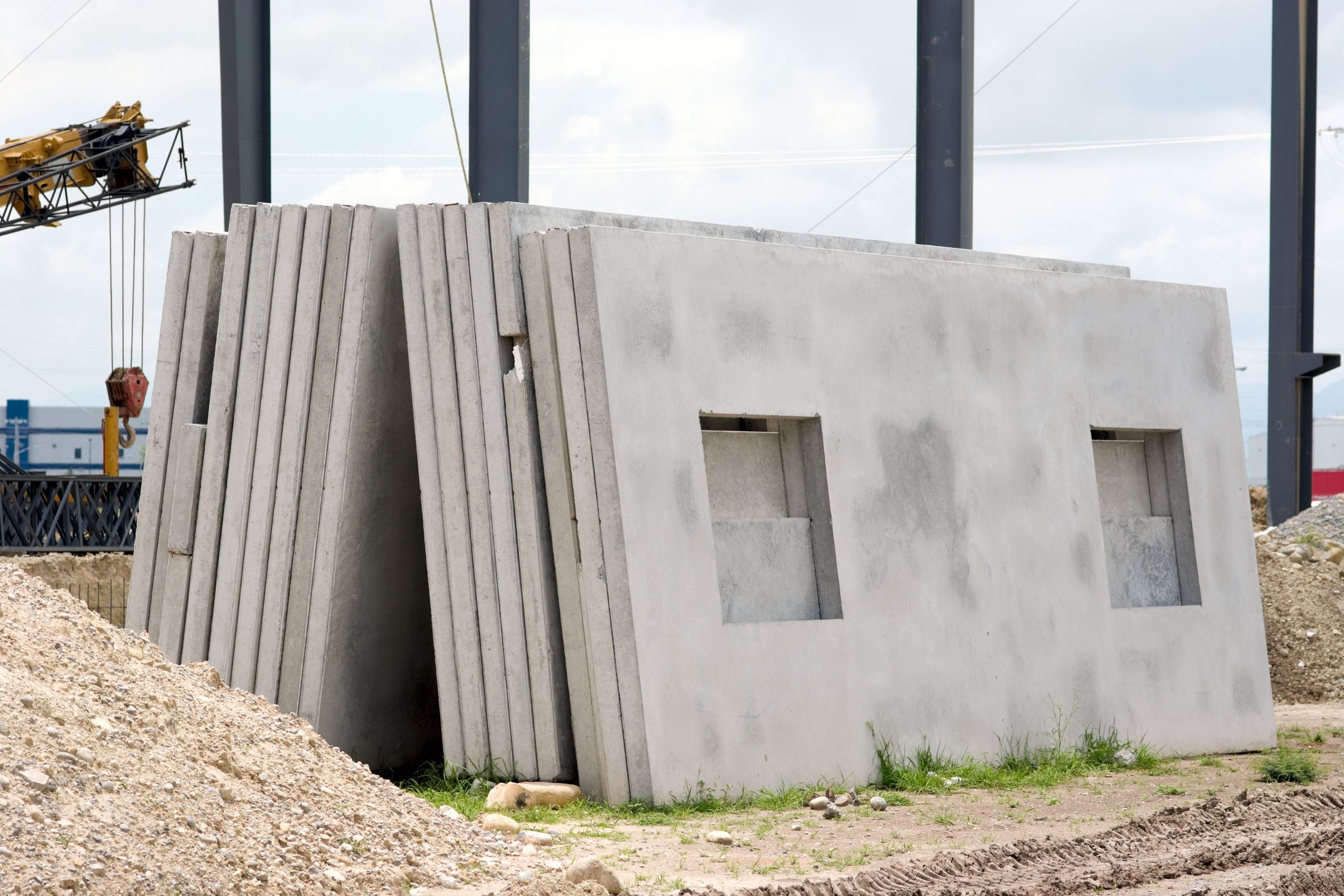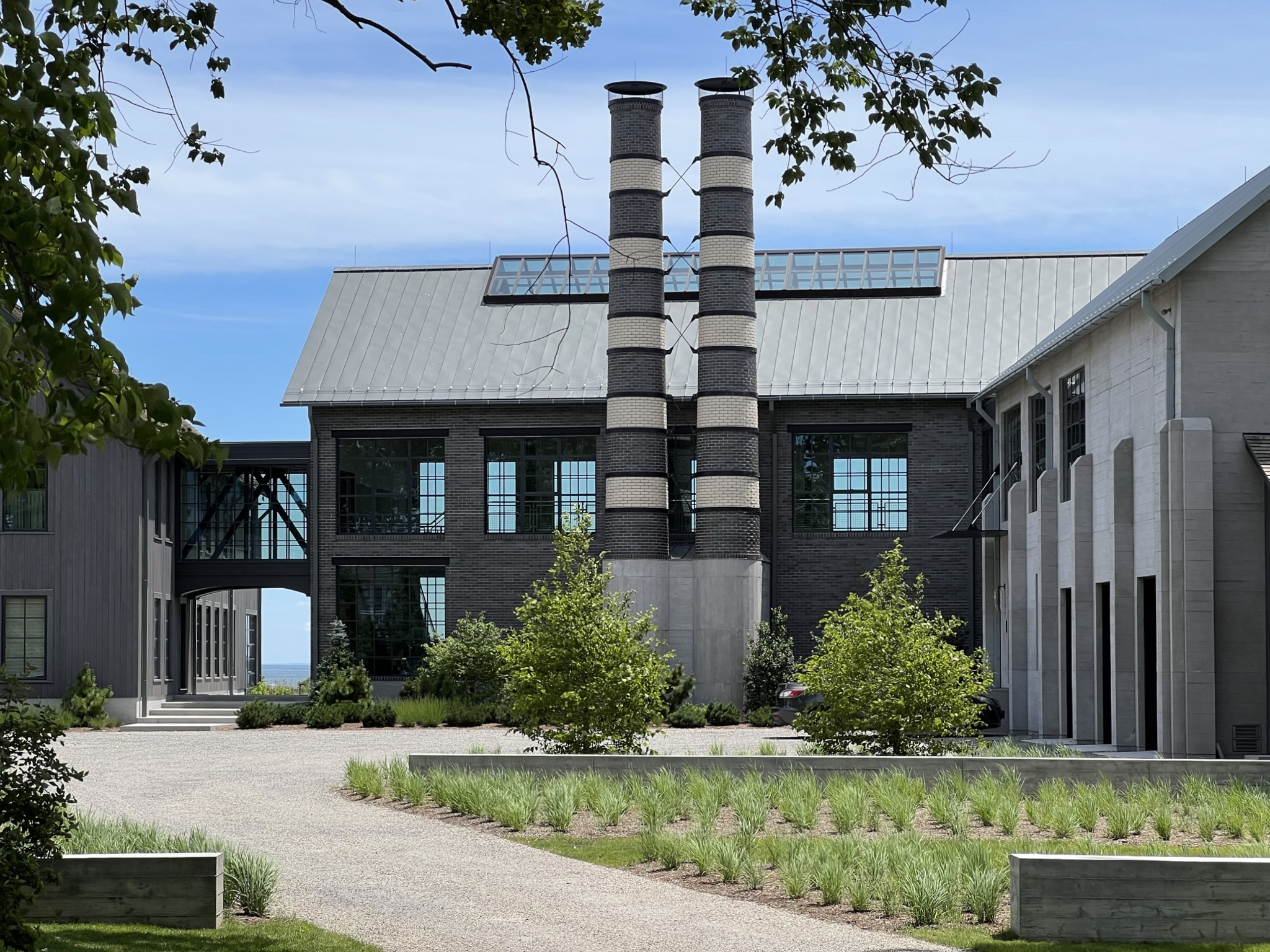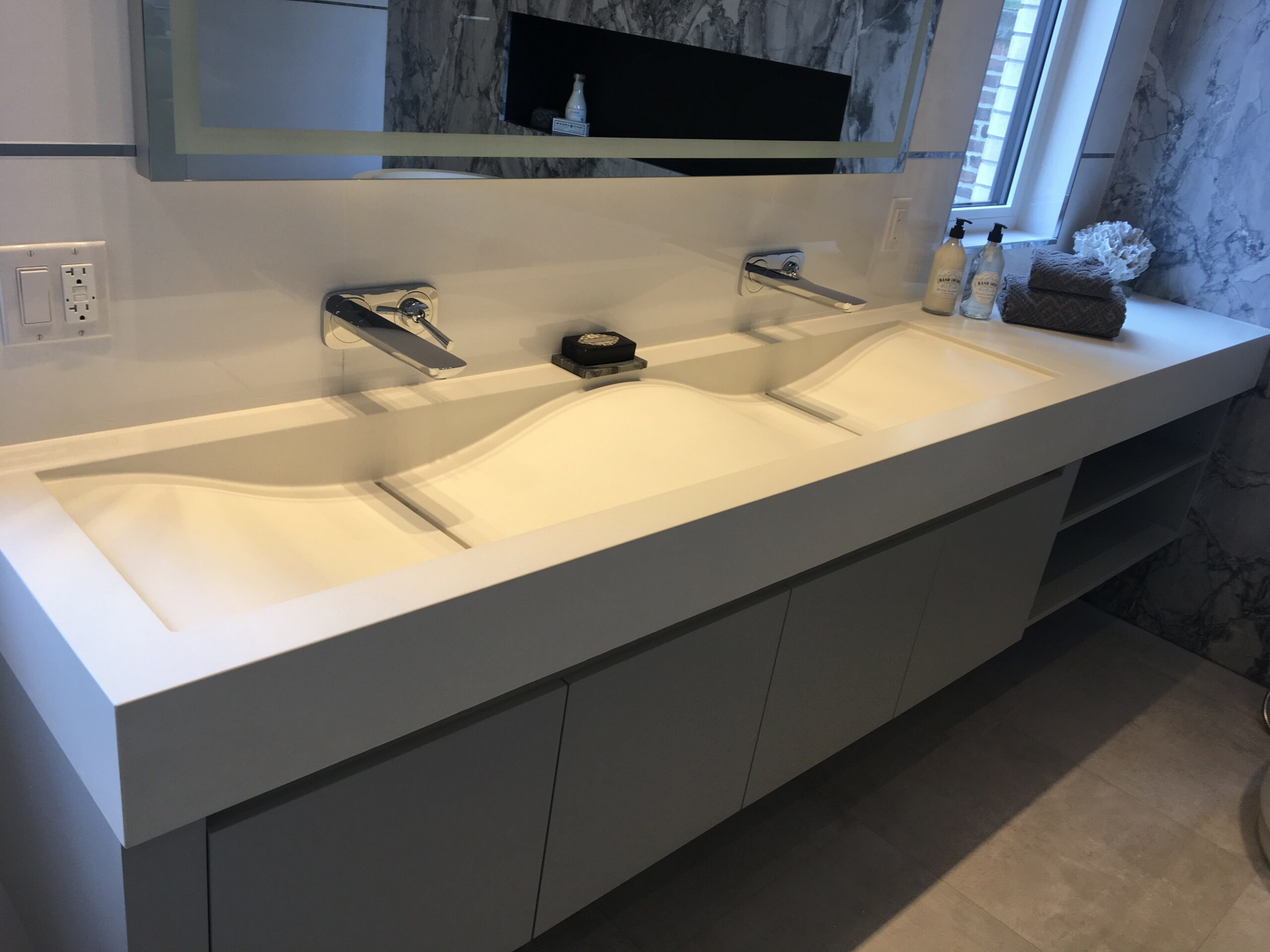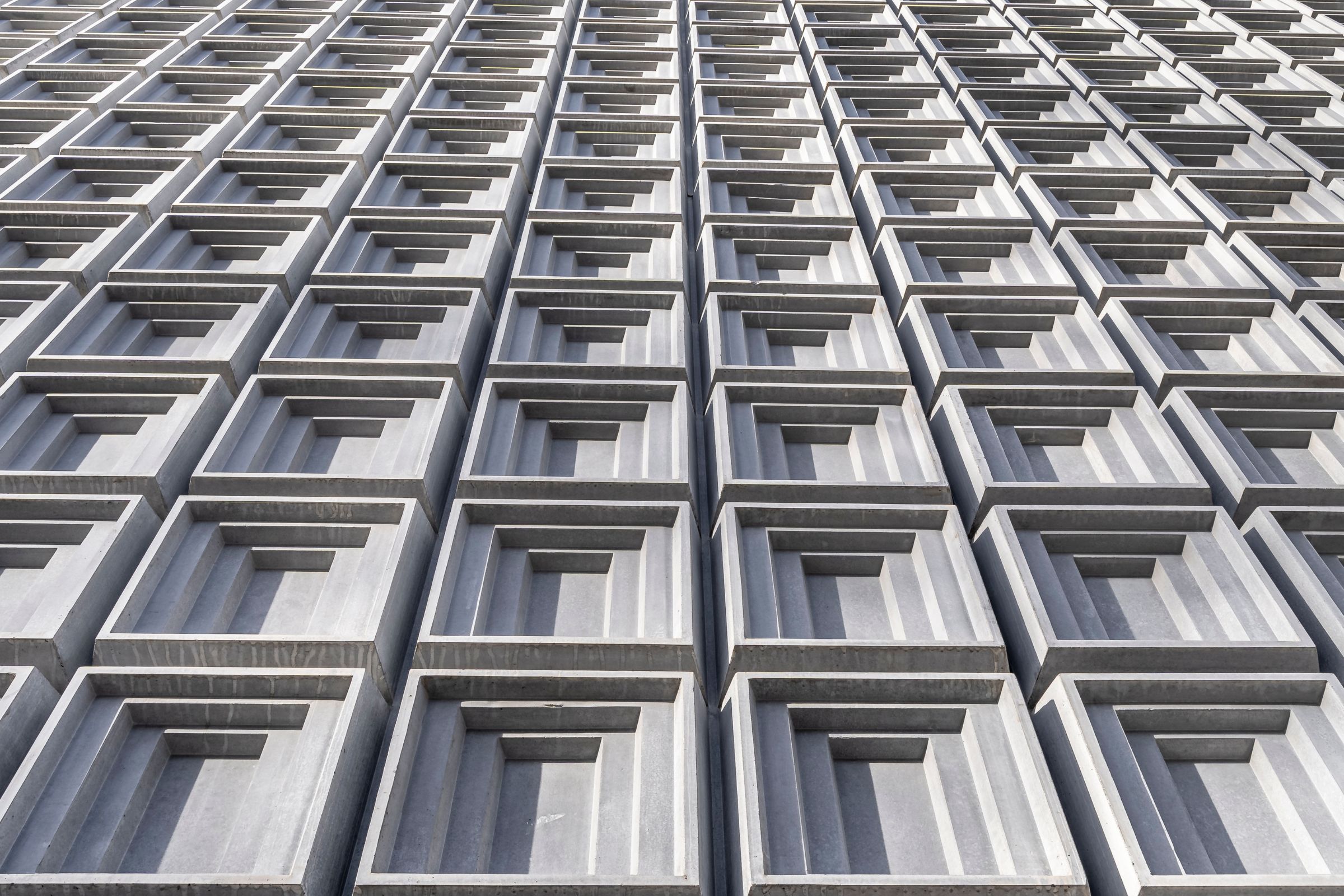In modern construction, fire safety is a critical consideration when selecting building materials, particularly for exterior wall surfaces and cladding…

Precast concrete has revolutionized modern construction by allowing structural and architectural components to be fabricated offsite, leading to improved quality and efficiency. But what exactly is precast concrete, and what benefits does it provide?
In essence, precast concrete involves casting concrete into reusable factory molds rather than using traditional on-site formwork. The prefabricated components are cured under controlled conditions before being transported to job sites for quick assembly. This approach offers several significant advantages.
Perks of Precast Concrete
The versatility of precast concrete offers a range of structural and aesthetic advantages over traditional site-cast methods:
- Speed: Concurrent manufacturing and site preparation significantly shorten project timelines. Components can be quickly assembled, protecting unfinished work sooner.
- Quality: Factory-controlled conditions ensure uniformity in mix designs, materials, curing processes, and finishing quality.
- Strength: Engineered precast components provide a high strength-to-weight ratio, optimized from design through production.
- Durability: Proven performance over decades and across various climates demonstrates exceptional longevity.
- Sustainability: The use of eco-friendly material mixes, reduced construction waste, and resilient structures enhance sustainability.
- Design Flexibility: Modern manufacturing capabilities allow for virtually limitless custom architectural designs.
Types of Precast Concrete Structures
Precast concrete has advanced beyond basic site slabs to encompass a diverse range of structural and architectural components that support modern buildings. Various precast products fulfill specific roles, from essential structural support to customizable aesthetic enclosures.
Wall panels are among the most widely used and varied architectural precast concrete products. They serve as essential enclosure elements, providing durable, efficient barriers for both exterior and interior applications:
Exterior Applications
- Curtain wall façades
- Load-bearing exterior walls
- Insulated panels for improved thermal insulation
- Rain screen cladding with specialized finishes
Interior Applications
- Fire-rated partition walls
- Shear walls for structural reinforcement
- Load-bearing interior walls
- Finished hallways and stairwells
When selecting wall panels, considerations include structural performance, space planning needs, thermal efficiency, moisture protection, budget constraints, and visual design objectives.



